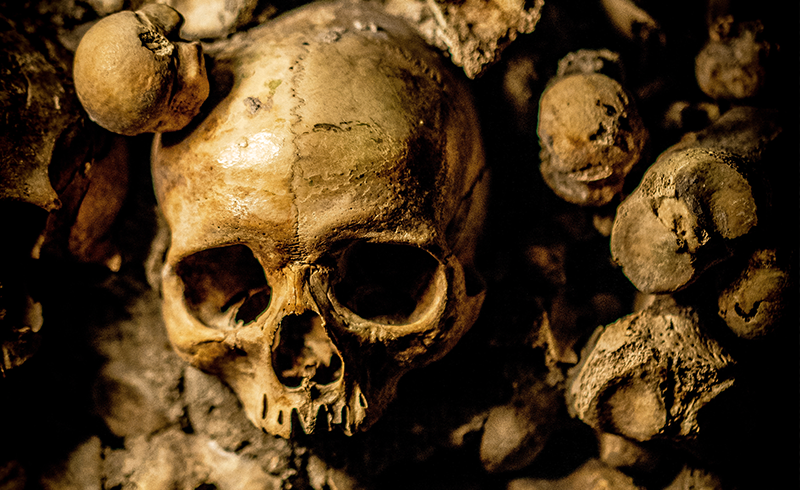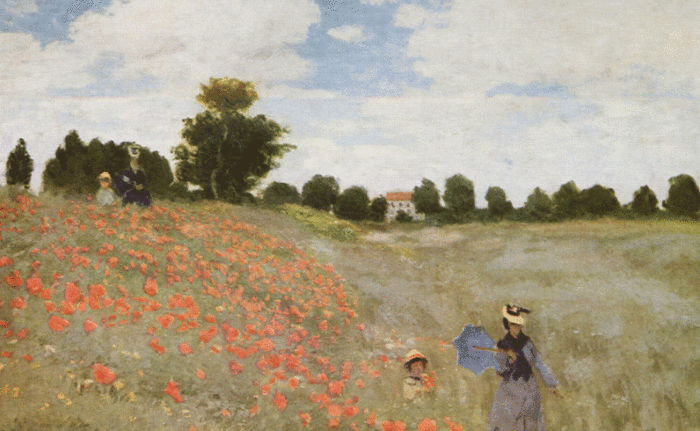On January 30 and February 1 and 2, the Houston Symphony presents Beethoven 7, a program featuring world-renowned pianist Kirill Gerstein in not one, but two virtuoso works by Franz Liszt. In this post, discover how Renaissance art inspired Liszt’s macabre masterwork, Totentanz.
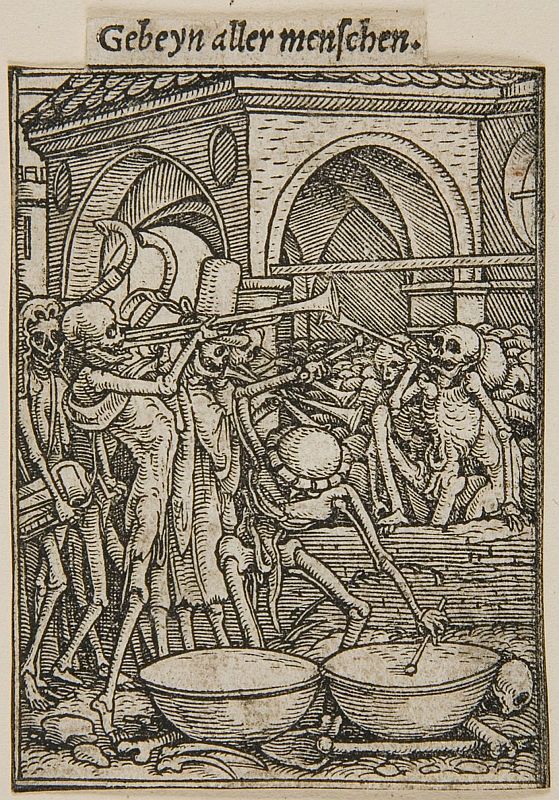
Much like Leopold Mozart, Adam Liszt served as his son’s agent and manager during Franz’s years as a touring child prodigy. Adam Liszt’s unexpected death from typhoid fever in 1827 devastated the 15-year-old composer. It was perhaps this event that led to Liszt’s artistic preoccupation with death, which is exemplified by his imaginative masterpiece, Totentanz.
Totentanz literally translates as “Dance of Death” in German, and the term refers to a long tradition in the visual arts. Liszt specifically seems to have been inspired by Hans Holbein the Younger’s Todtentanz, a series of woodcut prints that depict the age-old theme of equality before death: in Holbein’s series, Death, personified as a skeleton, comes for all, from the greatest of the great to the lowliest of the low. Holbein’s woodcuts have a sharp sense of satire, mocking the worldliness of spiritual and temporal authority figures.
Additional inspiration came in 1838, when Liszt visited the Camposanto in Pisa and was awed by The Triumph of Death, a monumental fresco that contains several scenes. On the left, three noble men with their hunting retinue encounter a vision of death: three coffins containing bodies in varying states of decay. On the right, finely dressed young men and women listen to music in a garden, enjoying the ephemeral pleasures of life. In the center is a vision of the last judgment; angels and demons fight over the naked bodies of the resurrected, and the figure of death swoops down on the living. In a letter, Liszt noted that the Camposanto reminded him of Mozart’s Requiem.
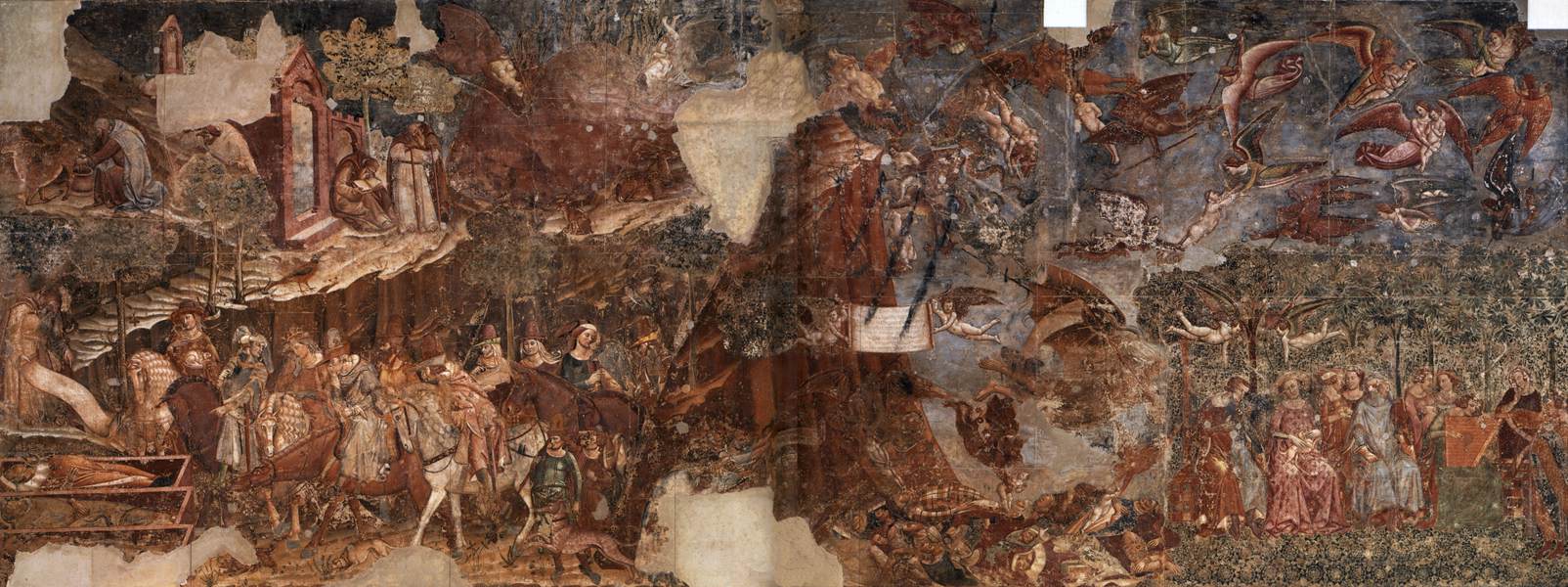
Like Liszt’s Piano Concerto No. 1, Totentanz had a long and complex genesis. In 1839, he possibly planned to write two piano pieces—The Comedy of Death (inspired by Holbein) and The Triumph of Death (inspired by the fresco)—but abandoned this idea. Ten years later, he sketched a piece for piano and orchestra titled Totentanz, completing it in 1853. This first version of the piece seems to have combined the two sources of inspiration with two different sections. Corresponding to Holbein, the first is a set of free variations on the Dies irae, a traditional plainchant describing the horrors of Judgment Day:
After a cadenza (an extended solo for the piano alone), the second section seems to correspond to the Camposanto fresco; it is another set of variations based on the opening of Mozart’s Requiem.
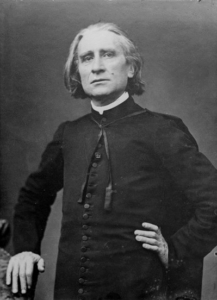
In addition to these, the first version of Totentanz had a third section derived from an abandoned earlier work for piano and orchestra based on a setting of Psalm 130, De profundis. The first version of Totentanz incorporates the De profundis plainchant near the end. Given the psalm’s message of mercy and redemption, the presence of De profundis seemed to offer hope at the end of Totentanz. Liszt, however, excised this section in his final revision of 1864. After the deaths of two of his children and the frustration of his plans to marry Princess Carolyne zu Sayn-Wittgenstein, Liszt went through a period of bitter depression that likely influenced his decision. In 1869, the Russian critic Vladimir Stasov visited Liszt in Rome and recorded the following curious exchange:
“In vain I implored him to play something from his Totentanz, from Faust in the Tavern, Nächtlichter Zug, Hunnenschlagt, or Dante. But he was adamant and replied to all my pleas: ‘All these works are from that period! No, I don’t play them anymore.’ …To no avail I asked him to explain the principal variations in Totentanz, for which no programme is given (contrary to the practice Liszt has followed in all his symphonic works). He flatly refused to play this piece, and as for the programme, he said only that it was one of those works whose content must not be made public.”
Our soloist for these performances, Kirill Gerstein, has elected to reinstate the De profundis section within the final version of the piece, restoring Liszt’s original plan while respecting his revisions of the other sections. —Calvin Dotsey
Don’t miss Beethoven 7 January 30 and February 1 and 2! Learn more & get tickets.
